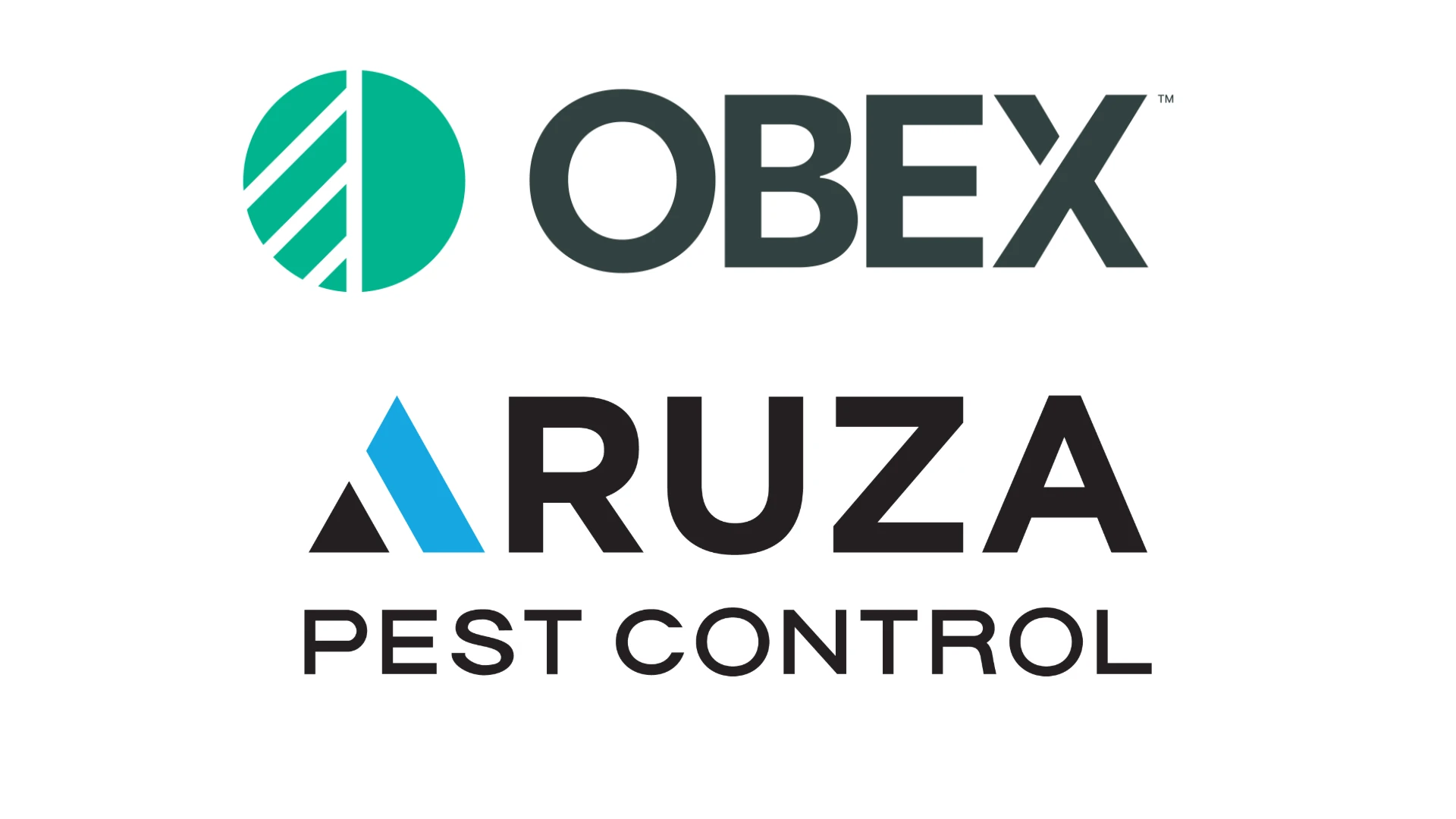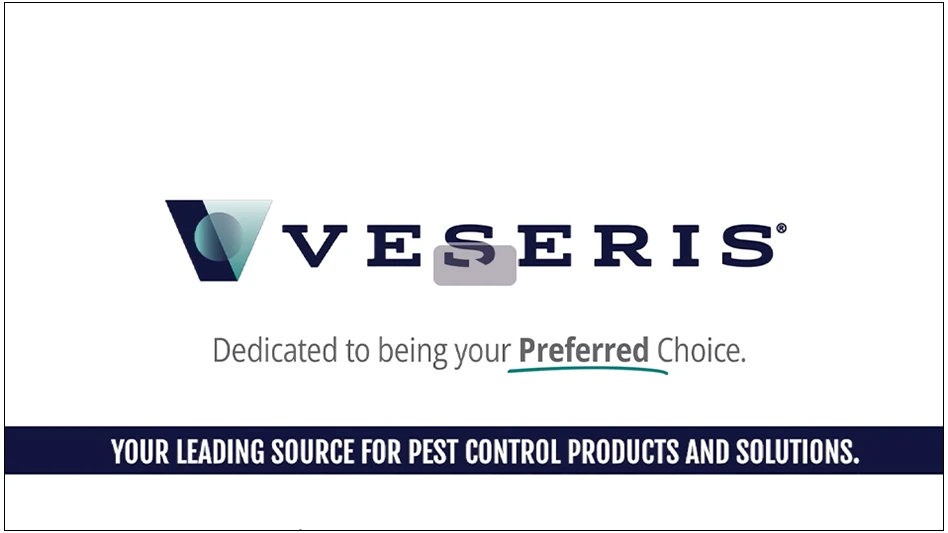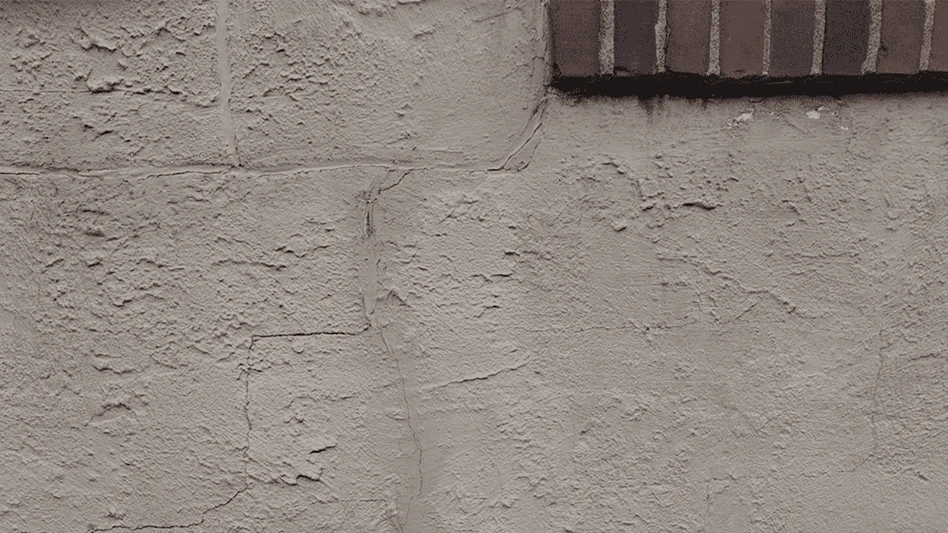Bringing a new termiticide to market is not for the faint of heart. With the cost of developing a new insecticide active ingredient topping a quarter of a billion dollars,* there’s a lot riding on the line for any manufacturer interested in carving out a position in the high-stakes world of termite control. But to be considered a "player" among the elite manufacturers serving the pest management industry, adding a termiticide to a company’s product portfolio is a rite of passage, according to Mike McDermott, global business leader, DuPont Professional Products.
"Termiticides are still the largest market in the industry, so if you want to be a full-service supplier to PMPs you need to have a termiticide," he said. "It’s just the way it is."
Although much smaller than it once was at the height of the housing boom, the termiticide market continues to represent a critical market for basic manufacturers, the proceeds from which help to underwrite the cost of conference sponsorships, training programs, consumer marketing campaigns, and numerous other high-profile initiatives PMPs have come to expect from suppliers serving the industry.
In recent years, however, it is estimated that more than $100 million in value has been extracted from the termiticide market as the U.S. economy has soured, new homes sales have plummeted, longtime branded products have come off patent and a steady stream of generic suppliers have entered the marketplace. All of these factors have resulted in a substantial devaluation of the termiticide market for basic manufacturers.
Presented with such stark economic realities, only a handful of global product suppliers have the necessary people and financial resources to support such a costly and time-consuming endeavor as developing new AIs for use in specialty markets like the pest management industry, perhaps explaining the dearth of new active ingredients making their way onto distributor shelves in the past decade.
Quietly — yet methodically — reversing that trend is DuPont Professional Products, a business unit that was established in 2002 by the Fortune 500 company and has been managed by Mike McDermott, global business leader, since its inception.
"DuPont is one of the few companies actively involved in looking at new compounds," observes Dr. Mark Coffelt, global development manager. He explained that while DuPont is investing heavily in the biotech area of agriculture, the company has not lost sight of conventional pesticide innovation for such markets as professional pest and turf. "As an industry, we really need to continue investing in the product pipeline for conventional pesticides," Coffelt said, "which DuPont is doing."
The company’s Professional Products business unit, which serves both the professional pest and turf markets, has introduced four new chemistries and three novel modes of action since 2002, including rimsulfuron, a member of the sulfonylurea family of chemicals, found in TranXit® herbicide; indoxacarb, a member of the oxadiazine class of chemicals, found in Advion® bait products and Arilon® insecticide; chlorantraniliprole, a member of the anthranilic diamide family of chemicals, found in Acelepryn® insecticide; and aminocyclopyrachlor, found in the newly launched herbicide Imprelis.™
Continuing its ongoing investment in the pest management industry, the 208-year-old company, which got its start selling gun powder, recently introduced Altriset® termiticide at a DuPont ProBusiness Exchange Technical Forum held last month in Scottsdale, Ariz. The three-day event featured technical presentations from several members of DuPont’s R&D staff, as well as an array of university researchers, including Dr. Barbara Thorne, University of Maryland; Dr. Michael Rust, University of California, Riverside; Dr. Grzegorz Buczkowski, Purdue University; Dr. Phil Koehler, University of Florida; Dr. Paul Baker, University of Arizona; Dr. Susan Jones, The Ohio State University; and Dr. Roger Gold, Texas A&M University (see related story at right).
MODE OF ACTION. Leading off the technical presentations on the first day of the conference was Coffelt, who provided more than 100 industry professionals with an overview of the product’s unique mode of action. Like Acelepryn, its sister product in the professional turf market, Altriset contains the active ingredient chlorantraniliprole (Calteryx®), a new class of chemistry featuring a number of "green" characteristics.
Calteryx was created by DuPont scientists to mimic a family of chemicals known as anthranilic diamides, found in the water-soluble extract of the Ryania speciosa plant, recognized for its insecticidal properties for nearly 50 years. "We describe this compound as being ‘inspired by nature,’" Coffelt said in an interview with PCT prior to the ProBusiness Exchange event. "It’s a very unique compound."
"The insecticidal properties of this plant have been known for a long time," added Dr. Clay Scherer, development manager, DuPont Professional Products. "Historically, the problem with a lot of plant-based insecticides is they’re often not as potent as synthetic insecticides and they don’t offer as long residual control."
However, that’s not the case with Altriset, according to Scherer. "DuPont looked at the plant and the active constituents of the plant and started to build a molecule to mimic that same effect," he observed. Following years of research, Scherer said, "we developed a molecule that is not only very effective — offering excellent residual control — but also is low in mammalian toxicity, in addition to being insect-specific."
Altriset has performed well under both laboratory and field trials against a variety of termite species, according to Scherer, who collected data from more than 100 EUP sites across the United States.
The product was awarded reduced-risk status by EPA as part of its label review in March 2010, "the first liquid termiticide to receive such a designation from EPA," Scherer said, with final label approval on May 20, 2010.
DuPont plans to apply for an exterior perimeter/targeted interior application label with EPA after it has completed collecting two years of perimeter data in December 2010, anticipating final approval of the revised label by the end of 2011, according to Scherer.
Altriset is a water-based suspension concentrate applied at a 0.05% dilution rate. What makes the label unique for a liquid termiticide is it has no Signal Word, a reflection of the termiticide’s excellent toxicological profile, according to McDermott. "The product also carries unique PPE and first aid requirements, as well as different environmental hazard language," he said.
But precisely how does Altriset impact termite populations? Unlike AIs that affect the central nervous system of insects, Calteryx binds to the ryandine receptors located in the insect’s muscles and locks them in place partially opened. Calcium ions flood out of the open receptors, depleting the calcium insects need for their muscles to contract, ultimately resulting in paralysis and death (see illustration, pg. 181).
"A lot of insecticides affect the central nervous system of insects," Scherer said, but Altriset exhibits a different mode of action. "This compound is very, very selective. It binds to a specific site on muscle cells, prompting the calcium to flow out unregulated, resulting in the insect losing control of its muscle systems."
Termites that come in contact with Altriset don’t die immediately, but exhibit a range of toxicological effects, including an inability to feed, lack of coordinated movement, partial paralysis and ultimately death. The University of Florida’s Dr. Philip Koehler, who participated in some of the early EUP work with the product, describes affected insects as "termite zombies" — able to move throughout the colony in a stupor-like state, but walking haltingly like the long-forgotten stars of "Night of the Living Dead" and "Dawn of the Dead."
Such behavior is significant for two reasons, Coffelt said. First, "if the termites crawl over a treated surface, their mandible muscles are affected within hours and they stop feeding," he observed, thereby limiting any additional damage to the treated structure. "They are able to walk, they just can’t feed."
Second, the behavior illustrates the slow-acting nature of Calteryx, a compound that is indiscernible to termites (non-repellent) as they walk across it. According to Coffelt, termites continue to groom one another and pass on the toxicant throughout the colony, but it doesn’t kill them so quickly that there’s not enough time for the toxicant to be shared. "Quite the opposite occurs," he said. "There’s ample time for affected termites to return to the colony and interact with their nest mates. It’s a slow death."
Interestingly, laboratory studies indicate affected termites also exhibit increased aggregation behavior after coming in contact with the termiticide, resulting in enhanced spread of the toxicant during grooming. "This can result in more comprehensive control," observed Dr. Raj Saran, principal investigator, DuPont Professional Products.
Scherer said another positive attribute of Altriset is the targeted nature of the compound. "It’s arguably the perfect IPM tool," he said. "It is only active against certain insects. So for on those pest insects on which it is active, it works great. On other non-targets it is essentially inactive."
According to Coffelt, the targeted nature of the compound aligns with DuPont’s mission of reducing the environmental footprint of the products it brings to market. "This compound is quite specific," he said. "It’s not going to affect a lot of your beneficial insects."
In addition, it has an excellent environmental and toxicological profile, Coffelt said. Altriset is not a skin irritant and has no known adverse effects on human health when used as directed. When mixing or applying the product, technicians are required to wear long-sleeved shirts, long pants, shoes and socks; they do not have to wear gloves, goggles or a respirator.
"It’s a termite label the market has never seen before," Coffelt said, a message echoed by DuPont’s Global Marketing Manager Brenda Franke. "The compound is truly unique," Franke said. "It offers an outstanding performance profile — excellent kill, feeding cessation and residual — along with an outstanding toxicological profile."
Jonathan Davis, marketing manager for DuPont’s Professional Products business unit, said the ProBusiness Exchange Technical Forum was the "first phase" of a "very ambitious launch" for the product, which will include a variety of internal and external marketing initiatives, including one-on-one visits with distributors, PMP educational programs, future ProBusiness Exchange meetings, homeowner education pieces and other collateral materials, and a consumer marketing campaign. "We’re in the infancy stages in this launch process," he told attendees.
"Initially, we’ve been talking about the technical attributes and benefits of this product," McDermott added. "Now we’re putting the marketing pieces behind it."
CONCLUSION. In consumer research conducted prior to the launch of the termiticide in September, feeding cessation, efficacy and Altriset’s attractive environmental profile scored well with consumers, according to Davis.
"If you look at the attributes of the product, what homeowner wouldn’t want what it offers?" McDermott asked. "If you can rid a structure of termites in three months or less, protect the home for over five years, and provide an attractive environmental profile, taking price out of the equation, why wouldn’t you do it?"
Which obviously raises the question, will PMPs and consumers pay a premium price for a liquid termiticide with "green" characteristics when market research indicates — unlike the 1990s when termite retreats went through the roof because of under-performing products — most PMPs are "satisfied" or "very satisfied" with the industry’s current crop of high-performing termiticides. "That’s the 64-million-dollar question," McDermott acknowledged, but he’s confident "the time is right" for a new generation of innovative chemistry.
Ultimately the market will decide, but there’s no question DuPont Professional Products — based on its $256 million investment in Calteryx — is taking its responsibility as a major product supplier seriously.
*****
What University Researchers Are Saying
A number of industry researchers presented their findings at the DuPont ProBusiness Exchange Altriset Technical Forum held last month in Scottsdale, Ariz. A sampling of their comments both during and after their presentations appears below:
"All concentrations of this chemistry impact behavior very quickly. Those termites that are not dead or seriously compromised after coming in contact with the termiticide still showed altered behavior. We see a cessation of feeding and their ability to tunnel is compromised quite quickly."
– Dr. Barbara Thorne, University of Maryland
"We’re getting excellent transfer even at 50 parts and 100 parts per million. It’s effectively transferred from one termite to another. I think there’s a potential for an area-wide affect with Altriset."
– Dr. Michael Rust, University of California, Riverside
"Altriset laboratory and field test results in southern Arizona indicated that it is an effective termiticide in controlling the subterranean termite, Heterotermes aureaus."
– Dr. Paul Baker, University of Arizona
"The route of exposure (of Altriset) has no significant effect on termites. It doesn’t matter if termites are tunneling through treated soil or ingesting the termiticide, they all have the same fate. Altriset is non-repellent even at high concentrations."
– Dr. Grzegorz Buczkowski, Purdue University
"At concentrations greater than or equal to 5 parts per million, Altriset caused progressive intoxication of termites, culminating in termite death. In an intact colony (of approximately 15,000 termites), starting at about 20 days after treatment, termite numbers were noticeably reduced and survivors had developed a lot of uric acid, an indication of a termite colony’s decline. We only released 700 treated termites into that whole colony."
– Dr. Susan Jones, The Ohio State University
"I like to think of Altriset as turning termites into the walking dead … zombie termites. That is rather unique. As the concentration goes up, the percentage of ‘walking dead’ goes up after one day exposure. Is the feeding going to continue in that colony? No, not really."
– Dr. Phil Koehler, University of Florida
"If you give good stewardship to the home, you can protect that home. As we get into the greener products, there may be additional stewardship (of your customers) required. We don’t know the level of that stewardship yet."
– Dr. Roger Gold, Texas A&M University

Explore the October 2010 Issue
Check out more from this issue and find your next story to read.
Latest from Pest Control Technology
- Veseris Expands in Turf & Ornamental and Pool Supply with Acquisition
- Pest Authority, Mosquito Authority Celebrate All-Star Franchisees
- Ka Tsu Joins Avoca.ai
- Envu's Suite of Pest Management Solutions
- In Memoriam: Tom Moore
- 2024 Crown Leadership Award Winner Kathy Heinsohn
- OPMA Shares Officer Inductions, PWIPM Chapter Updates from Winter Meeting
- Inside Out





